I have long been fascinated by Williton because it has so much more than one might suppose when driving through from either Bridgwater or Taunton. This is always a problem for settlements bisected by a road junction in its centre. Though this was not originally its centre, as you will discover. I have also been saddened by the losses the village has suffered over the past two decades.
There was always a rural feel to the place when the hard standing next to the NFU building was filled with agricultural vehicles and the County Stores was still in existence. The Egremont Hotel was trading and Jones were growing their vegetable crops for local sale.
The Police Station with its distinctive blue lamp still operated and the Methodist Church was being used for services. The one time tourist attraction of ‘The Bakerlite Museum’ with its waterwheel and cafe brought back so many memories. Minehead Conservation Society members had a wonderful visit there, the father of one of the members having worked in a bakerlite factory.
Despite these losses the village is packed with listed buildings and history which should be shared. So this month let us start at the former, early C19 Egremont Hotel, a grade II listed building that borders both Bank Street and Fore Street.
The earliest known inn in Williton was The Pelican established in 1686. In 1736 there were two and by 1787 there were four – The Coach and Horses, The Red Lion, The New Inn and The King’s Arms. By 1800 The King’s Arms and The Red Lion had gone and The Wyndham Arms had opened.
The Coach and Horses was pulled down in 1830 and replaced by a larger building to cater for the increasing business brought by the new turnpike road. It was called the Wyndham but later The Egremont. It was enlarged in the mid C19 and is of roughcast over rubble construction.
The Egremont was a popular venue for meetings where important issues of the day were discussed, carnival arrangements finalised and cricket and other sporting club deliberations took place. Dances were frequently held there.
One that amused me was an Invitation Ball promoted by the bachelors of the neighbourhood in 1899. The large assembly room was tastefully decorated and music was provided by Mr Brakes’ Quadrille Band from Taunton. Dinners too, like the venison one held for farmers by invitation of the Devon and Somerset Staghounds Master.
When a fight by locals to save it as an hotel failed it was converted into flats.
In I899 the Wyndham Arms was also holding social events as recorded at the time: ‘an invitation dance where the room had been very prettily decorated and the floor was improved to first class condition. Fancy dress was encouraged and worn by many of the guests,some in Yeomanry uniforms and cricket and cycling costumes.’
The Mason’s Arms, another listed building,in North Street / Doniford Road was originally a farmhouse and is of C17 origin. It first became a beer shop and and then when the turnpikes arrived it became an Inn. North Street was known until 1970 as Shutgate because of its tollhouse. The pub’s thatched roof and distinctive chimneys form an important feature in the north exit from Williton.
Bradbeer’s garage, taken over by Somerset Motors was situated where the Co-op now trades. Long Street already named by 1471, where Miss Parkes sweet shop operated is full of interesting buildings. Look at the thatched 1 & 3 Long Street, once a farmhouse now a Fish ‘n Chip shop and cottage, both listed.
I read an account of how rain spoilt Williton Band from entertaining the village after resident Mr Palmer had lent the use of a field at the back of his garden in Long Street. Afterwards cricket was played and nuts and sweets handed out. Does any reader know which house this might have been?
Could it have been Arden Cottage No 33 another former farmhouse?
The White House, 11, Long Street, a grade II LB is Georgian in style. Its garden walls are also listed as an important feature. During the war it was used as a hostel for land girls. In the1950s it was refurbished and sadly original features such as fireplaces were removed. In1969 it was purchased by the jazz musician Dick Smith who was bass player in Chris Barber’s band. It was he and his wife who converted it into a hotel with an award winning restaurant.
The lovely thatched Honeysuckle Cottage and Wibble Cottage yet more listed buildings were once a farmhouse and barn dating back to Mediaeval times but altered in the C17. There are two date stones. The one below the dormer end left bay is inscribed IH 1607, the one to the right IM 1677. No 58 has traces of painting on a wall, wattle and daub screen. Colours are red, yellow and black and just discernible are stars, flowers and animals.
At the east end of Long Street, on the north side stands the imposing Union Workhouse. Willton had a small workhouse by 1748 but in 1836 the Williton Poor Law Union was formed and a new site for a workhouse was acquired.
George Gilbert Scott (renowned for his Gothic revival in the Victorian period) and William Moffat (his partner) were appointed as the architects to design a building for 200 persons and costing no more than £4000. It was completed in January 1840.
The main entrance was through a large arch at the centre of a single storey front range. To the east was a Porter’s Lodge and chapel (fully licenced), to the west were the Board Room and offices. The main block consisted of a octagonal 4 storey central area flanked by a 3 storey wing to East and West.
In the west wing were the men’s facilities – dining room, boys’ school, day room and sleeping quarters. The womens and girls being in the east wing. A small wing at the back had the kitchen and the scullery whilst on the first floor was an ‘imbeciles’ bedroom. At the rear was accommodation for tramps and a small hospital.
People appear to have been well treated unlike in the Taunton workhouse where the Master and Matron were taken to court for cruelty and for serving inmates meat filled with maggots!
Whereas in Williton there are numerous records of happy
events taking place.
1899 – An entertainment was given to the inmates of the Williton Workhouse. Miss Ayres and Miss Hole opened the evening with a piano duet and Mr Kille ,as the man with a chronic sneeze, gave the audience fits of laughter. Never was there heard more heady and unrestrained laughter at any entertainment.
July 5th 1902 ‘A feast at Williton Workhouse was originally intended to celebrate the King’s Coronation in joyous style but owing to changed circumstances the proceedings were of a quieter nature.
A dinner of roast beef and plum pudding was provided for the inmates and four of the men helped the master with the carving. In the afternoon a bountiful tea was provided and both feasts were much enjoyed.’
In 1903 even the Master and Matron, Mr & Mrs Baker entertained the inmates. There is evidence of the chapel being used in when in 1902 the main Easter Service took place at 9am on Good Friday with the ‘Story of The Cross’ included in the second half of the service. The chapel and lectern all looking bright with flowers and appropriate texts placed in the windows.
When the NHS was formed the workhouse was renamed Williton Hospital. It closed in the 1990s when a new hospital site was found. This LB was eventually converted into apartments.
It seems ironic that places people fear- prisons, workhouses and mental asylums- have now
become such prestigious places in which to live!
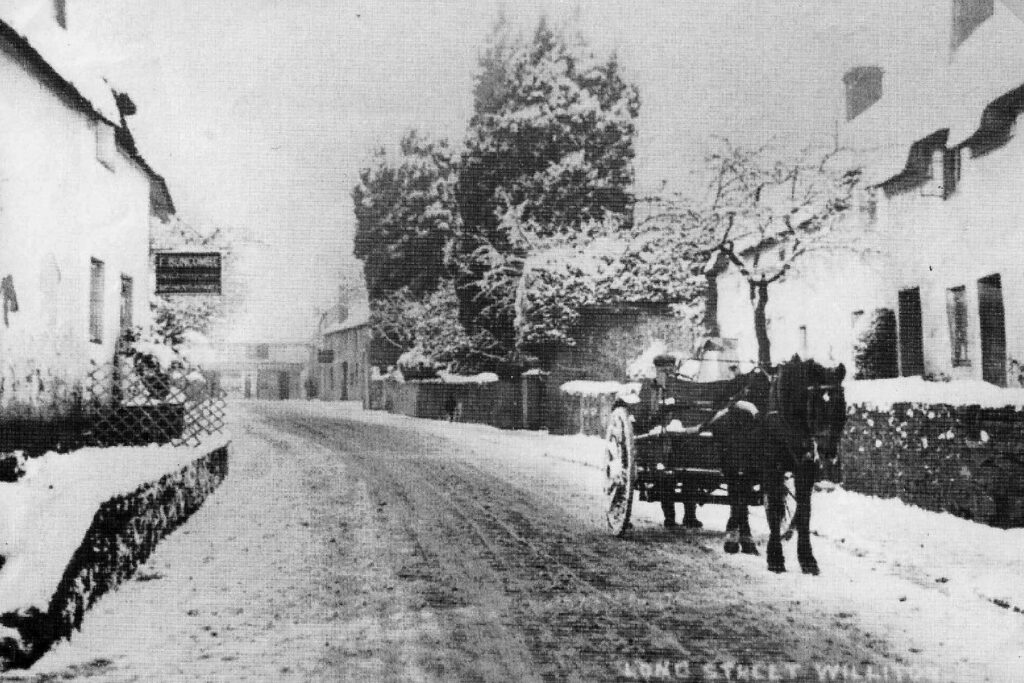
Compiled by Sally Bainbridge on behalf of Minehead Conservation Society.
Buy the book! Minehead & Beyond
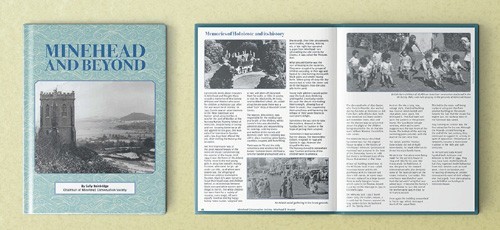
This book is a compilation of articles written for this magazine by Sally Bainbridge on behalf of Minehead Conservation Society. It contains information about the richness of West Somerset’s history; culture; people; heritage; traditions and beautiful and varied landscape. The book costs just £5 and all profits go to Minehead Conservation Society.
Available to buy from AR Computing, Park Lane Home Furnishing (in their Park Lane shop), Minehead Tourist Information Centre and Townsend House (Monday am).
Office: Townsend House, Townsend Road, Minehead TA24 5RG (01643 706258) E-mail: [email protected]
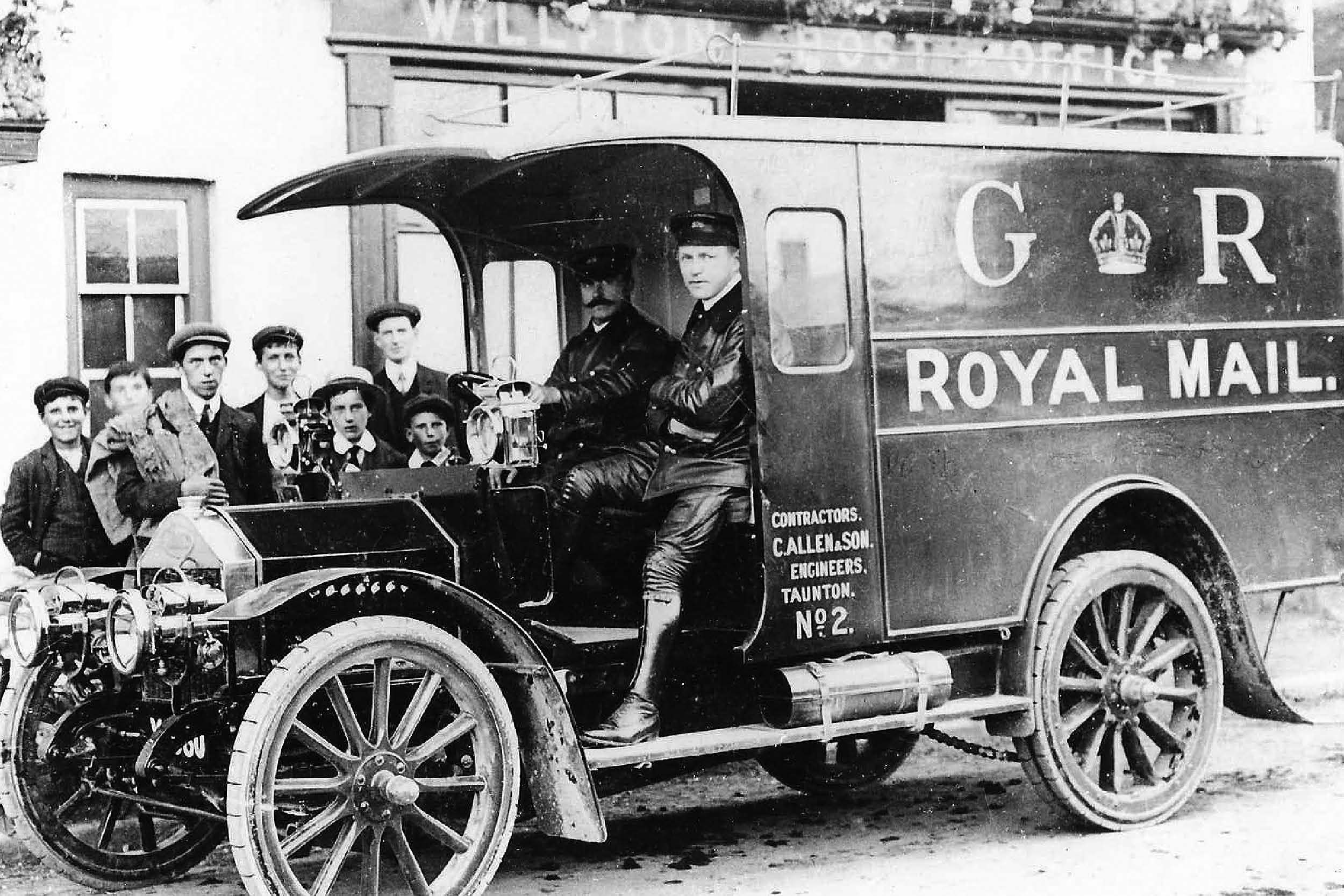
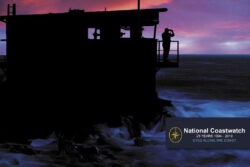
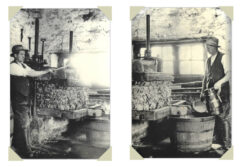
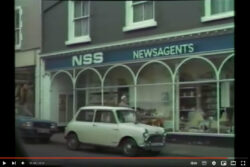
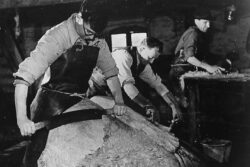
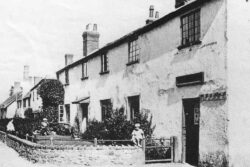
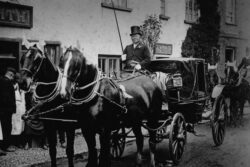

3 Responses
Very interesting. Just wish we could find out more about our home – 6 High Street – it used to be Chibbetts and Blackmore’s Bookshop. It is not listed and we have spent countless hours at the Somerset Heritage Centre in Taunton trawling through microfiches and maps
Thanks. It might be worth contacting Sally at Minehead Conservation Society. They may have other sources.
Hi, I was trying to find out a bit more about the bookshop too, after finding a flyer inside a second hand book I bought here in Derry, Northern Ireland. “Why fall asleep in front of the telly when you can come to a Blackmore’s Words & Music Evening- an informal gathering of writers, musicians and those just wanting to listen. Thursday 25th of January @ 7:30 in The Barn”
No year given. I don’t know why, but it piqued my interest!